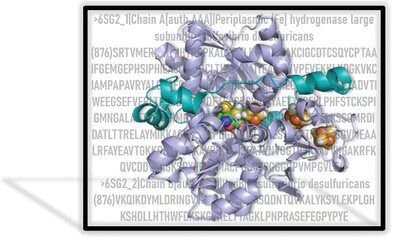Computational Modeling and Experimental Approaches for Understanding the Mechanisms of [FeFe]-Hydrogenase

Learning from nature has emerged as a promising strategy for catalyst development, wherein the remarkable performance of catalysts selected by nature over billions of years of evolution serves as a basis for the creative design of high-performance catalysts. Hydrogenases, with their exceptional catalytic activity in hydrogen oxidation and production, have been employed as prototypes for human learning to achieve better catalyst design. A comprehensive understanding of hydrogenases' structures and catalytic mechanisms is crucial to replicate and exceed their performance. Computational modeling has proven to be a powerful tool for elucidating the reduction chemistry of [FeFe]-hydrogenases. This review overviews recent computational and experimental efforts, focusing on density functional theory (DFT) calculations applied to [FeFe] hydrogenases. It summarizes current knowledge on identifying active sites in [FeFe] hydrogenases and the reaction cycles involved in hydrogen metabolism.
